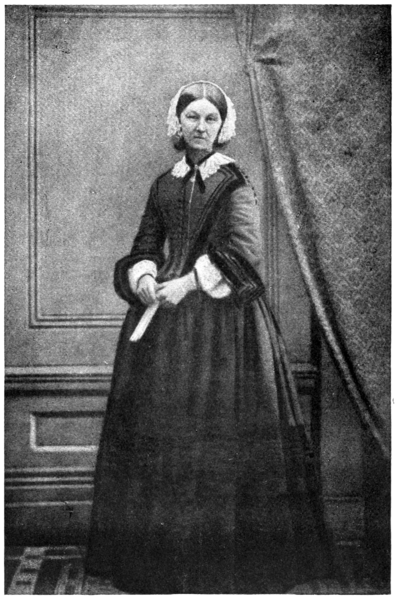 |
| "H. Samuel's War Watches." © IWM, (Art.IWM PST 13687) |
As an avid wristwatch collector, I keep an eye on early timepieces that go up for sale here and there on the web and in shops that I visit. I don't have any particularly valuable items myself, but I enjoy looking at (though not being responsible for the upkeep of) vintage watches from the early decades of the twentieth century.
For our ghosts of 1914, wristwatches were important devices. Most people were still making the transition from pocket watches to the newer style worn on the wrist as the 1910s dawned. The below image, from David Boettcher's vintage watch strap website (which contains lots of excellently presented information about the history of military watches), shows one way to transition a pocket watch, worn on a chain at the waist, for wear at the wrist.
 |
| A case for converting a pocket watch for wear on the wrist, ca. 1900. ©David Boettcher's vintagewatchstraps.com |
A soldier had a particular need for an easily accessible and sturdy timepiece. As the "H. Samuel's" poster from the Imperial War Museum's collections reveals, there were even watches with "luminous dials," so that the time could be told in the dead of night or amid clouds of smoke or dust. Somewhat distressingly, these radiant dials were, quite often, rather literally radiant--painted with radium, an early luminous material for watch faces.
 |
| "Telephone Dial" Trench Watch, 1916. antiquewatchcouk.com |
In addition to such features as the glow-in-the-dark dials, trench watches sometimes had thick leather bands that wrapped, like a cuff, around the wrist. They also sometimes came with protective metal fixtures, in the shape of a grille, flip-top, or the anachronistically named "telephone dial" style plate, to save the glass watch face from being shattered.
Having access to the time was essential for planned maneuvers and other military operations. Our old friend, war cinematographer Geoffrey Malins, noted in his memoirs the hectic, almost-sickening, sense of anticipation that built as time ticked down to the planned commencement of the Battle of the Somme on 1 July, 1916.
 |
| 1917 British Military Wristwatch. ©David Boettcher's vintagewatchstraps.com |
I'd like to think that having a wristwatch conveyed some sort of sense of normalcy for those on the front, giving them an indication that time was passing and that each minute would bring them nearer to the end of the war and to the moment that they would be reunited with their loved ones at home. A better, more peaceful, future was only a matter of so many spins round the numbered dial. It might have been just as difficult, however, to watch the hours ticking by on one's wrist, not sure what the coming moments would bring. Great War wristwatches are certainly a fascinating topic, and we will return to this theme another time at "Ghosts of 1914."
© Fiona Robinson




